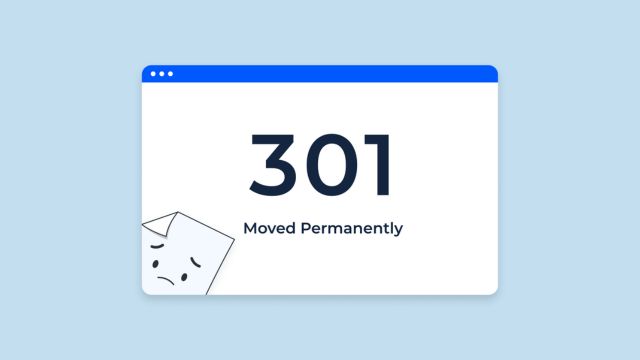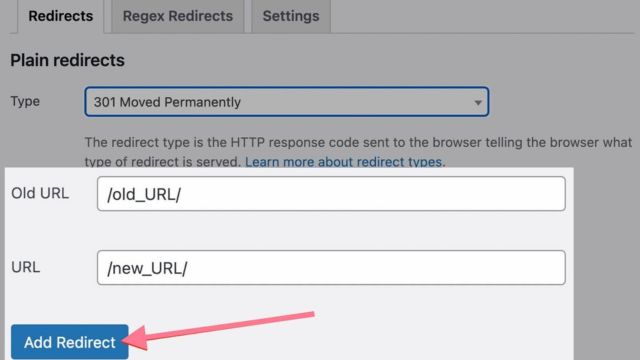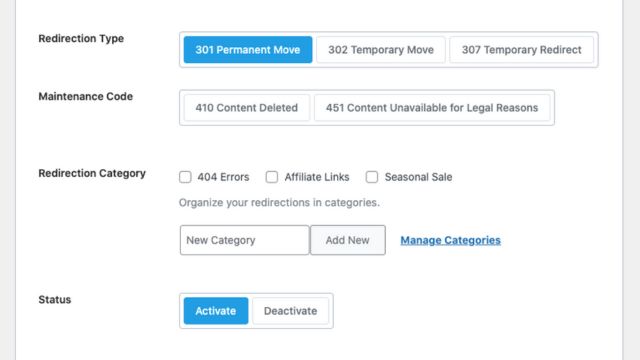People who work on the web use HTTP status codes, which are always changing, as their language. This phrase is hard to understand but very important: “301 Moved for good.” That is not just fancy language; it is a digital mark that can alter how people see you on the web.
Today we are going to learn what 301 Moved Permanently means. First, let us quickly look at what HTTP status codes are. It’s possible for servers and web browsers to see these codes but not the page itself. They let them know what’s going on with a query. The 301 code is more than just a number for some of them; it means that something has changed.
Table of Contents
What is 301 Moved Permanently?
There is a 301 redirect that says “We’ve moved, find us here now.” But why should you stay put? The web page will now stay in a different place; this move won’t be short-term. This change will be very good for both users and search engines.
SEO Implications of 301 Redirects
When it comes to SEO, every move counts. A 301 redirect is a move that can either help or hurt your site’s ranking. This leads to a number of things. There is something called “link juice” that is linked to the old URL that is moved to the new one. This tells search engines that the content has moved. This is a must if you want to keep or even improve your search engine rankings.
Common Causes of 301 Redirects
For now, let’s look at why websites start to redirect. If you know what led to this digital move, you can better understand the choices and plans that went into it.
- Site Changes. Site changes are one of the main reasons for a 301 redirect. Picture a website that wants to change how people use it and the order of its pages. URLs will probably need to be changed in this case. Both people and search engines will find it easier to make the change with a 301 redirect.
- When a business changes its name, it does so just like people and animals do. Sometimes you need a new identity because things have changed. It could be a change in focus or a change in the name of the website. It’s tough to get people to switch from the old domain to the new one now that things have changed. Because of this, the 301 redirect is the link between the old and new, so the website stays the same.
How to Implement a 301 Redirect?
Before you fully understand what a 301 redirect is and how it works, you need to learn how to use one. We are going to look at how this digital guide is put together now.
- There’s more to a 301 redirect than just the math behind it; it’s an art. If you want to set one up right, here are some tips. There needs to be a promise to regularly check on and manage redirects, internal links that are up to date with the changes, and redirects that go to the right content. They make sure that URLs are redirected and protect the user experience and SEO at the same time.
- Take a look at some 301 redirects that worked. Now that you know what a 301 redirect is, let’s look at some real-life examples. When websites went online, they had to figure out a good way to send people to other pages. These are the websites’ stories.
Measuring the Success of 301 Redirects
- It’s not the end of the process just because you set up a 301 redirect. It needs your close attention. If you want to know how successful you are, you can check the digital pulse of your website. You Can Do More Than Just 301 Redirects
- There are times when the 301 redirect is the only way to do something. There are various HTTP status codes that are utilized for various purposes. You can be sure that the choices you make for your website will meet its needs if you know when to look at other options.
Exploring Other HTTP Status Codes
There are various uses for HTTP status codes such as 302 Found (temporary redirect) and 307 Temporary Redirect. It might help to know their subtleties and when to use them. If you want to make a short-term change, you might not need to make a long-term change.
When to Consider Alternatives?
A 301 redirect might not always be the best choice. If this is the case and the content has changed a lot since the old URL, it might be better to show a custom 404 error page instead. So that you can choose the best option for you, you need to think about all of them.
Conclusion
This 301 Moved Permanently status code is more than just a piece of tech for the internet. The internet is huge and changes all the time. This is a good idea. A properly set-up 301 redirect is not just a fix; it’s a step forward. Keep this in mind as you learn about SEO and web development. Anyone and every search engine will be able to find your digital next big thing if you keep this promise. To read more content like this, visit https://www.trendblog.net.
Frequently Asked Questions (FAQs)
What will happen if I don’t use a 301?
Even if you don’t set up a 301 redirect, search engines may still find the old URL. That could lead to bad things, like having the same content twice. Some of the links might not work or there might be nothing there when people go to the old URL.
Could a 301 lose its SEO value?
Bad things can happen if a 301 redirect is not used correctly. It is very important to follow the rules if you want to keep your SEO rankings and your name in the game.
Does it take time for search engines to figure out that there is a 301 redirect?
Most of the time, search engines can quickly find 301 redirects. It could take a while for the whole thing to be indexed, though. During this time of change, trust is very important.
When should you not use a 301 redirect?
Yes, for example, if the content doesn’t belong in the new place or the changes will only last a short time. There might be better ways to deal with these issues.
Should I hire someone to set up a 301 redirect for me, or can I do it myself?
You can usually set up simple redirects on your own if you use a content management system that is simple to use. It’s better to hire professionals to make sure the change goes off without a hitch when things are more complicated.





